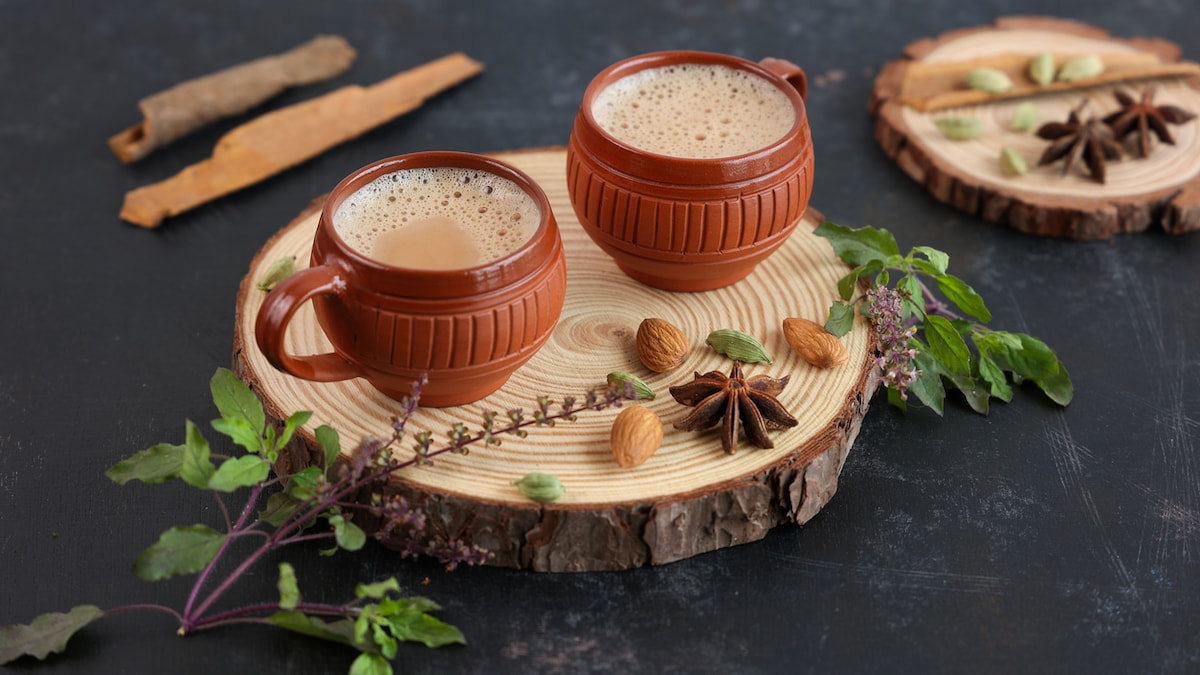
Tea isn’t just a beverage brewed from Camellia sinensis leaves-it’s a global cultural icon! From ancient China, where Emperor Shen Nong stumbled upon its magic circa 2737 BCE, to its journey along the Silk Road, tea has shaped traditions and spiritual rituals worldwide. Valued initially for its medicinal prowess, it quickly became a cornerstone of Chinese culture, spreading to Japan by the 6th century and charming European palates through bold traders by the 16th century. And let’s not forget India, where chai-a spiced tea concoction has captured the heart of a nation, becoming an integral part of daily life and social gatherings. Today, tea isn’t just a drink; it’s a cultural cornerstone that connects us across continents!
A Brief History
Photo Credit: iStock
The story of tea begins in ancient China, where, according to legends, Emperor Shen Nong discovered it around 2737 BCE when tea leaves blew into his boiling water. Tea was initially valued for its medicinal properties and soon became an integral part of Chinese culture. The practice of tea drinking spread along the Silk Road, reaching Japan in the 6th century CE and eventually making its way to Europe via Portuguese and Dutch traders in the 16th century.
Rituals and Ceremonies

Photo Credit: iStock
Tea ceremonies are formalised rituals for preparing and serving tea. In Japan, the tea ceremony is called chanoyu or chado. It focuses on the calming aspect of drinking tea. Each gesture, from the precise handling of utensils to the contemplative sipping of tea, reflects a deeper spiritual connection with nature and community.
Similarly, in China, the Gongfu tea ceremony emphasizes the art of brewing tea with precision and grace, showcasing the host’s skill in preparing the perfect cup. These ceremonies are not merely about drinking tea but about building connections, appreciating the small things in life, and honouring traditions passed down through generations.
Also Read: A Tea Lover’s Paradise: Top 10 Tea Estate Destinations To Explore In India
Social and Political Influence

Photo Credit: iStock
Tea has also played a crucial role in shaping social interactions and political landscapes. In 18th-century Britain, tea became a symbol of wealth and sophistication, influencing daily rituals and social gatherings. The British Empire’s colonisation of tea-growing regions like India and Sri Lanka further solidified tea’s importance as a valuable export.
In colonial America, the Boston Tea Party of 1773 which protested British taxation, made tea a catalyst for social change.
Health and Well-being

Photo Credit: iStock
Tea is also valued for its health benefits. Studies suggest that tea contains antioxidants that may contribute to reduced risk of chronic diseases and improve mood, attention, and cognitive performance. Regular tea consumption has also been linked to improved cardiovascular health. Herbal teas, such as chamomile and peppermint, are known for their digestive benefits. They can help soothe indigestion, reduce bloating, and alleviate symptoms of irritable bowel syndrome (IBS).
Also Read: Tea May Help You Live Longer, Study Says





